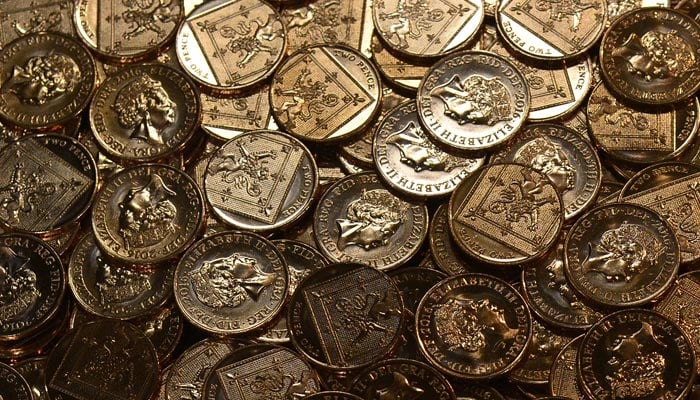Business
Gold gains Rs600 per tola in Pakistan
-

 Latest News3 days ago
Latest News3 days agoEnhancing Pakistan-Bahrain Collaboration: Tarar Highlights Fortifying Media Connections Between Pakistan and Bahrain
-

 Latest News4 hours ago
Latest News4 hours agoThe team’s failure to capitalize against India is acknowledged by Mohammad Rizwan.
-

 Latest News4 hours ago
Latest News4 hours agoPakistan Provides Gaza With 100 Tonnes Of Crucial Aid
-

 Latest News3 hours ago
Latest News3 hours agoAlibaba pledges to invest $53 billion in cloud computing and AI by 2027.
-

 Business4 hours ago
Business4 hours agoAfter more than 50 years, Bangladesh and Pakistan resume direct trade.
-

 Latest News3 hours ago
Latest News3 hours agoMore than 10 energy projects are nearing completion in Khyber Pakhtunkhwa.
-

 Latest News4 hours ago
Latest News4 hours agoSeven Khwarij are killed by security forces in Dera Ismail Khan.
-

 Business4 hours ago
Business4 hours agoThe amount of trade between Saudi Arabia and Pakistan hits $700 million.






















